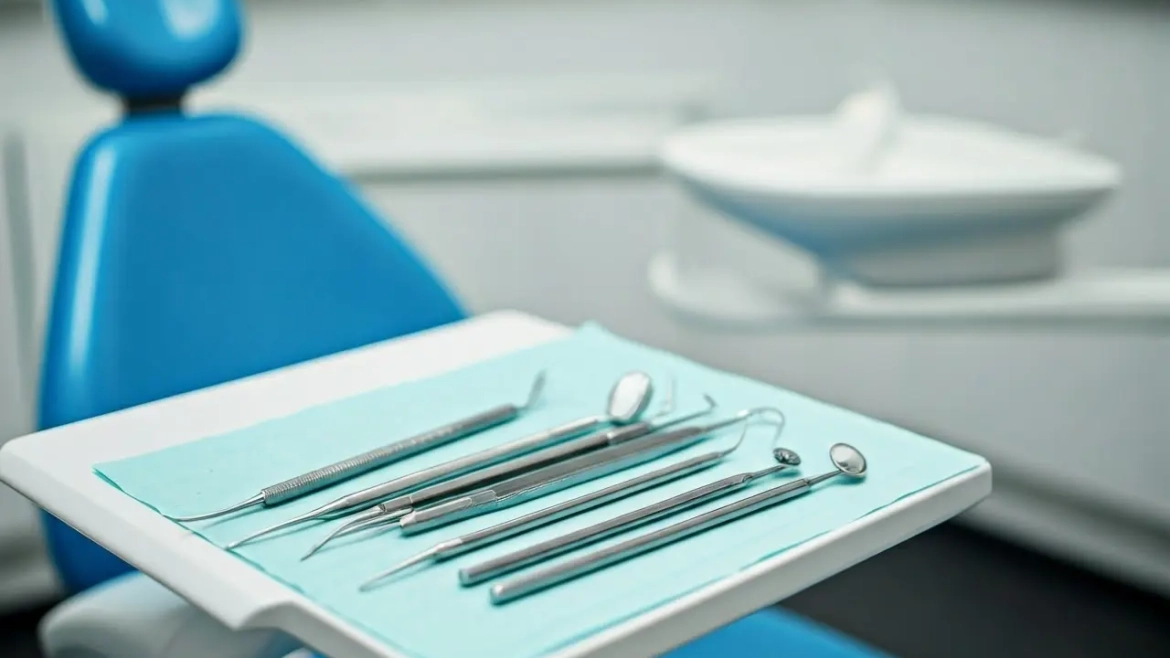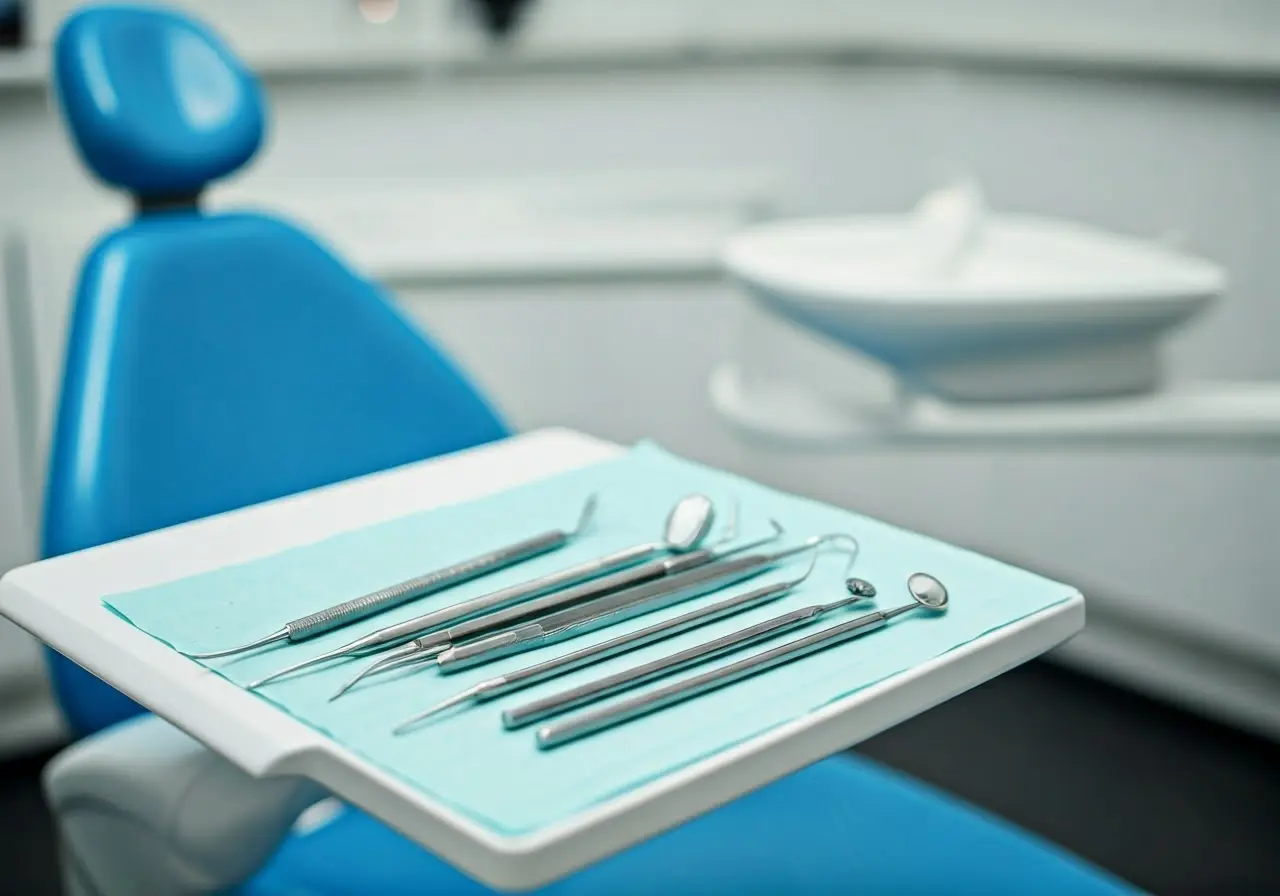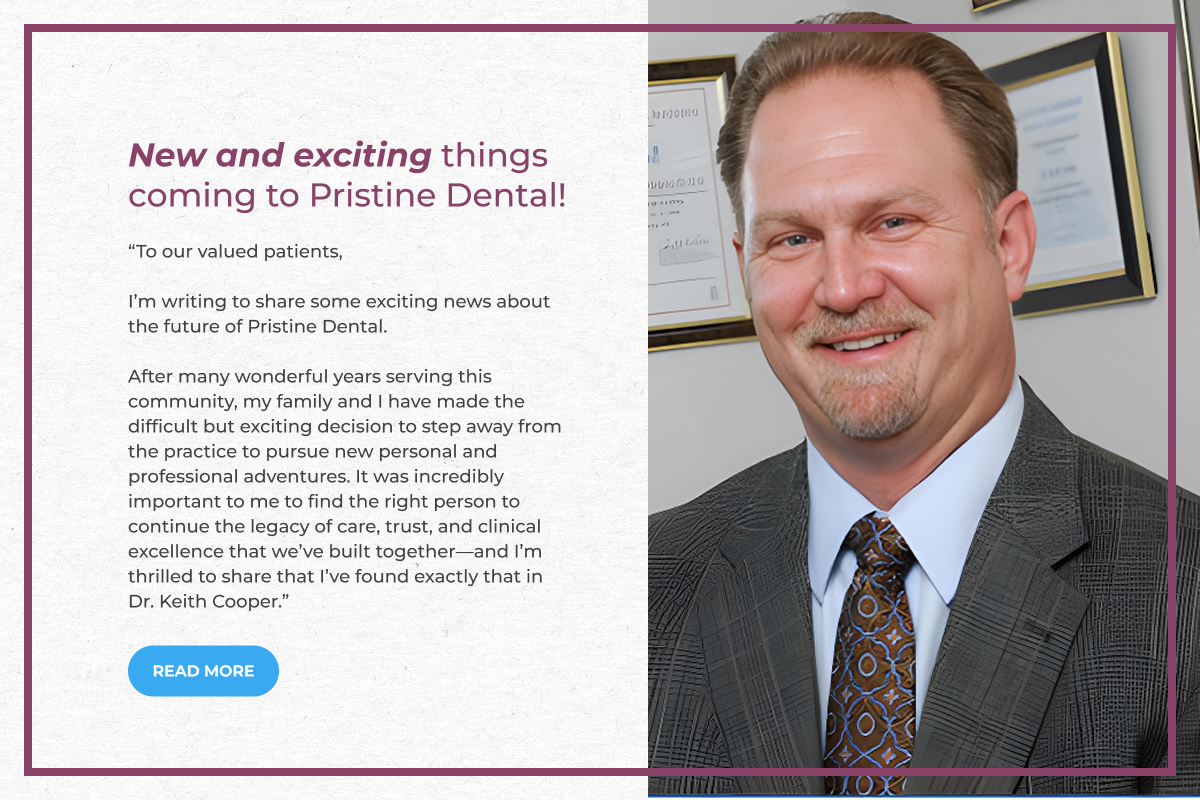Cosmetic dentistry can significantly enhance your smile, but many people worry about the pain associated with these procedures. In this FAQ, we will explore whether cosmetic dentistry procedures are painful and what you can expect during and after your treatment.
What is Cosmetic Dentistry?
Cosmetic dentistry focuses on improving the appearance of your teeth, gums, and overall smile. Popular procedures include teeth whitening, veneers, bonding, and orthodontics.
These procedures are designed not just for aesthetic enhancement but also for functional improvement. For instance, orthodontics, which helps in aligning the teeth, can also alleviate issues like jaw pain and difficulty in cleaning teeth. Similarly, dental implants and crowns can restore the functionality of your teeth while giving them a natural look.
It’s essential to have a clear understanding of what cosmetic dentistry entails. From simple teeth whitening to more complex procedures like dental implants, each treatment is tailored to address specific issues. Therefore, cosmetic dentistry can cater to a wide range of needs.
In recent years, cosmetic dentistry has seen a surge in popularity. According to WebMD, this is because these procedures offer a variety of options to address different dental issues, making them suitable for nearly anyone who wants to improve their smile.
Common Cosmetic Dentistry Procedures and Pain Levels
Different cosmetic dentistry procedures come with varying levels of discomfort. Teeth whitening generally involves minimal pain, while procedures like veneers and bonding might cause slight discomfort that can be managed with local anesthesia.
Teeth whitening, for example, is virtually painless. However, some patients may experience temporary sensitivity to cold or hot substances after the treatment. This sensitivity is usually short-lived and can be managed with desensitizing toothpaste.
Procedures like veneers and bonding involve more steps. The crafting and fitting of veneers require the removal of a small amount of enamel from your teeth, which can cause mild discomfort. Nonetheless, your dentist will use local anesthesia to numb the area.
Dental implants are one of the more intensive cosmetic procedures. This involves surgically inserting a metal post into your jawbone. During the procedure, you will be under local anesthesia, so you won’t feel pain during the surgery. Post-surgical discomfort can be managed with prescribed pain relief medication.
Bonding is another common procedure that involves applying a tooth-colored resin to the teeth to repair damage or improve appearance. The pain levels for this procedure are generally low, as the dentist first roughens the tooth surface and applies a conditioning liquid to aid the bonding process. Any discomfort can be managed similarly to veneers, with local anesthesia.
The Role of Anesthesia in Minimizing Pain
Anesthesia plays a crucial role in reducing pain during cosmetic dentistry procedures. Your dentist will likely use local anesthesia to numb the treatment area, ensuring you feel minimal discomfort.
For more complex procedures like dental implants or root canals, sedation dentistry might be an option. This involves administering a sedative to help you feel relaxed during the procedure. In some cases, general anesthesia may be used, especially if multiple procedures are being performed simultaneously.
Various types of anesthesia can be used depending on the procedure and patient needs. Topical anesthetics, injected anesthetics, and conscious sedation all aim to make your cosmetic dental treatment as comfortable as possible.
Your dentist will discuss anesthesia options with you before any procedure. This ensures that you know what to expect and can make an informed decision. Modern techniques and advancements in dental technology also play a significant role in making these procedures less painful.
Post-Procedure Discomfort and Care
After the procedure, it’s normal to experience some sensitivity and discomfort. Following your dentist’s aftercare instructions, including managing pain with over-the-counter medications, can help ease any post-procedural discomfort.
Discomfort after cosmetic dental procedures is typically short-lived. For instance, after teeth whitening, any sensitivity you feel generally subsides within a day or two. Using a desensitizing toothpaste and avoiding extremely hot or cold foods and drinks for a short period can be helpful.
For more involved procedures like dental implants or crowns, you’ll likely experience some swelling and discomfort for a few days. Your dentist may prescribe pain relievers or antibiotics to help manage this phase. Following all post-care instructions will ensure a smoother recovery.
Maintaining good oral hygiene is crucial for quicker recovery. Brush twice a day using a soft-bristled brush, floss daily, and avoid abrasive toothpaste. These practices prevent infection and promote healing. Your dentist will likely schedule follow-up appointments to monitor your recovery and ensure everything is healing as it should.
Tips for a Comfortable Cosmetic Dentistry Experience
Discuss all your concerns with your dentist before the procedure. Ask about pain management options, and follow all pre- and post-procedure instructions to ensure a smooth and comfortable experience.
Communicating openly with your dentist about any fears or anxieties you might have can significantly improve your comfort during a cosmetic procedure. Most dentists will provide detailed information on what you can expect before, during, and after the treatment.
Consider bringing a checklist of questions to your consultation. Inquire about the steps involved in the procedure, potential side effects, and the pain mitigation options available. Having a thorough understanding of what’s going to happen can alleviate much of the anxiety associated with dental treatments.
Post-procedure care is as vital as the procedure itself for comfort and recovery. Following your dentist’s recommendations closely can significantly impact your overall experience. Whether it’s sticking to prescribed medications, using cold compresses for swelling, or avoiding certain foods, taking these steps can help you recover swiftly and with minimal discomfort.
Finally, maintaining a healthy routine and regular dental check-ups can prevent many issues that might require more intensive cosmetic procedures in the future. Building a strong relationship with your dentist can make any future visits much more comfortable and less stressful.
Final Thoughts: Understanding Pain in Cosmetic Dentistry
Cosmetic dentistry has come a long way, and advancements in technology have made these procedures more comfortable than ever before. While some discomfort may be involved, modern techniques and anesthesia ensure that pain is minimized. If you have concerns, discuss them with your dentist, who can provide specific insights and solutions to help you feel at ease.



